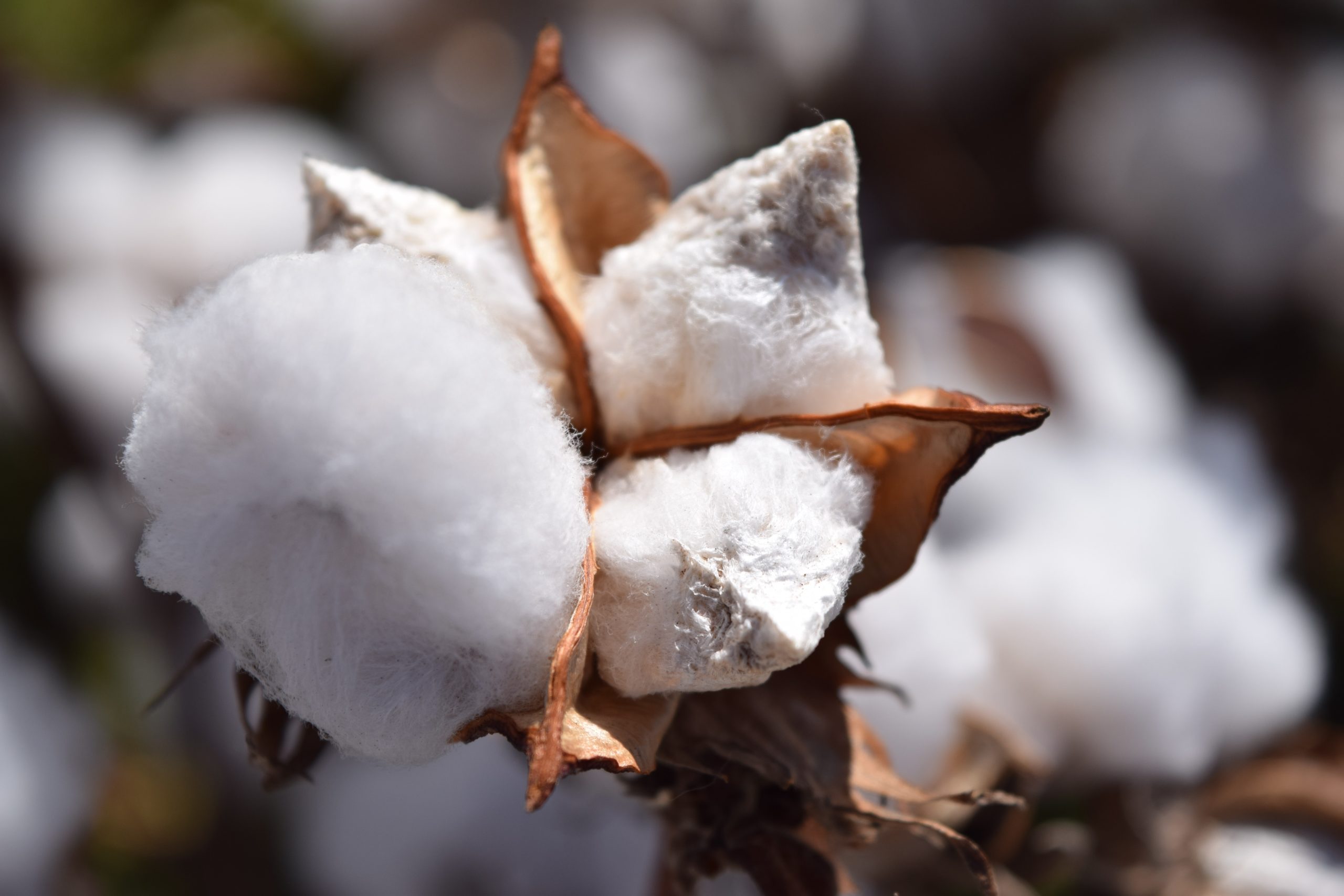Cotton is a fantastic natural resource that most people take for granted. This astonishing plant is so much more than just something your shirts are made of. It has been part of human culture for 1000’s of years, read on to discover some amazing cotton facts.
1. COTTON IS TECHNICALLY A FRUIT
Raw cotton is the white, fibrous substance that the Cotton plant produces to help protect and disperse its seeds. According to botanists, this makes it officially a fruit. Mind you, it’s not a fruit that has much nutritional value. In fact, the cotton plant produces a natural toxin called Gossypol which makes it inedible. The exception to this is Cottonseed oil which, after refining, is marketed as vegetable oil and often used in the food industry.
2. HUMANS HAVE BEEN WEARING COTTON FOR MORE THAN 8000 YEARS
Some of the earliest historical evidence of Humans using cotton comes from Peru and can be dated to around 6000 BC. That’s around the same time as the first domesticated Horse and the invention of the Potter’s Wheel. To put that into perspective, it predates the building of the Pyramids at Giza by 3500 years.
3. EGYPTIAN COTTON IS RELATIVELY NEW AS A COMMERCIAL PRODUCT
Cotton is native to Egypt, and there is archaeological evidence of cotton in Egypt dating from around the 5th century. However, the story of Egyptian cotton as we know it today really begins in the 19th century with a Frenchman called Monsieur Jumel who found some cotton plants growing, neglected, in a garden in Cairo. He spotted the quality of these plants and began production.
At that time North America was the dominant producer of cotton in the global market. It would take another, seemingly unrelated, event to bring Egyptian cotton to the world. Between 1861 and 1865 the civil war in America disrupted cotton production and customers had to find suppliers elsewhere. This was just long enough for Egyptian cotton to get a foothold in the market and from there the success story began.
4. SCIENTISTS USE ADVANCED DNA TESTING TO VERIFY TRUE EGYPTIAN COTTON
Imitation is the best form of flattery, but there’s nothing quite like authentic Egyptian Cotton bedding. Today Egyptian cotton is so well known all over the world for extra high quality, that there are many imitators looking to charge high prices based on the Egyptian name. That’s why scientists from the Cotton Egypt Association have developed special DNA testing labs to protect producers and consumers from unscrupulous cotton vendors. Only products bearing the Egyptian cotton logo are authentic and bear a unique registration number.
5. THE FIRST ELECTRIC LIGHTBULB HAD A COTTON FILAMENT
Experiments with early lightbulbs began in the 1800s and people tried various designs and with filaments of various materials. Before Thomas Edison set his mind to the task, another inventor called Joseph Swan was working on the concept of an electric lightbulb consisting of a filament inside a protective bulb. Swan experimented with many different materials and one of the better ones was cotton. His idea was an improvement on previous designs but was eventually superseded by subsequent improvements.
6. FOR THE ANCIENT AZTECS COTTON WAS WHITE GOLD
Over the years people have discovered many different uses for Cotton, and its value as a commercial product has been known for a long time. But for the ancient Aztecs, the value of cotton was rather more literal, they used it as actual currency!
The Aztec people were skilful farmers and traders. They had a formal exchange economy long before most modern cultures even existed. They experimented with various types of currency including cocoa beans, shells, and strips of cotton cut to a standardised length.
7. COTTON IS THE FUTURE OF FABRIC
Did you know that synthetic materials contaminate the ocean every time they are washed? Every time you put synthetic materials in the washing machine tiny microfibres are released into the watercourse which then finds their way into the ocean. Polyester and acrylic are the worst contaminators. A polyester-cotton blend is believed to reduce this amount of microfibres in the water, but pure cotton is probably the best solution because it is 100% biodegradable, completely renewable, and far more sustainable because synthetic fibres are made from hydrocarbons and fossil fuel derivates.




